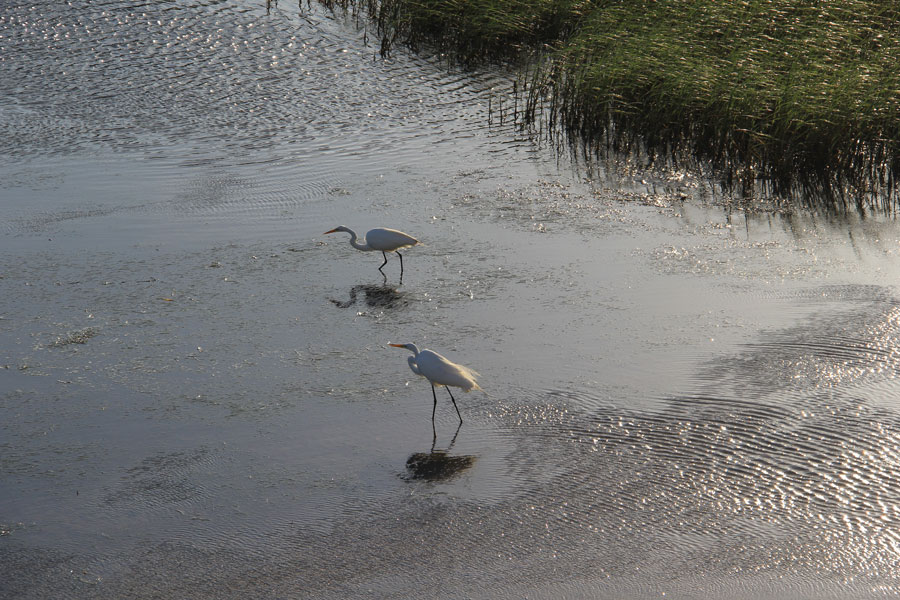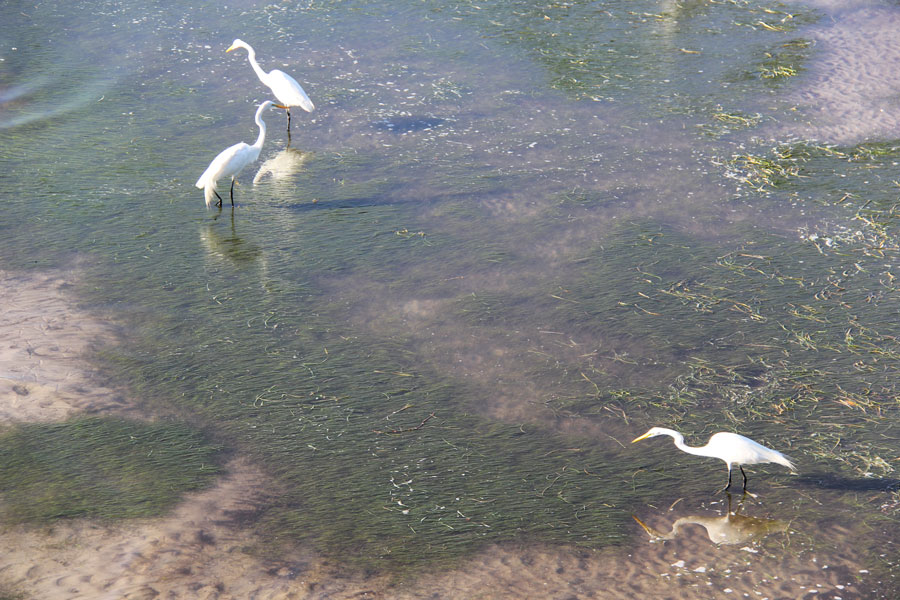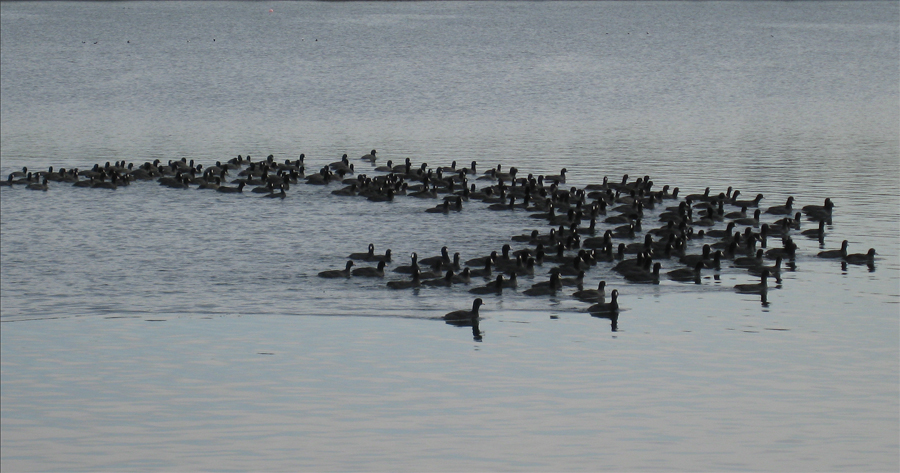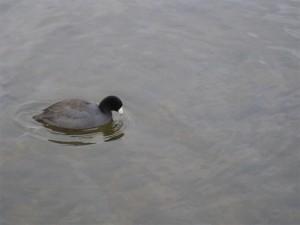
When I lived in Seattle one of the things I missed most about the East Coast was the musical sound of songbirds.
Some diehard Seattle boosters may insist that Seattle has warblers of its own, and I’m willing to believe it. But in the six years I lived there I never heard one. The signature tune of that misty city is the quark and ratcheting caw of crows.
I’ve got nothing against crows. Although it’s a little spooky how smart they are. I read somewhere that crows can recognize human faces, and it doesn’t take much imagination to take that idea a step further and start to recognize the quirky personalities of the crows themselves.
But getting back to songbirds, the D.C. metropolitan area is serenaded by a variety of local songsters, such as mockingbirds and finches. Mourning doves wail in the shrubbery. Orioles pass through on tour. It’s a harmonious scene. If you grew up around here you could close your eyes and recognize the locale by the spring soundtrack.
On a recent trip to the Florida Gulf I noticed a few familiar bird calls. But Florida’s warmth and water attracts a whole different group of birds, not least of which are the ospreys and pelicans, hunters and clowns, neither of which could be mistaken for a songbird.

Yet the birds that speak most eloquently to me when I’m in Florida do it silently. The herons, egrets and ibis, with their impossibly long necks, their graceful ballet moves, and their delicate manners, seem to embody a stillness that pairs well with silence.
I assume they must have vocal chords, though I’ve never heard a peep out of them. But that’s okay by me. Something in the way they move speaks volumes, without making a sound.
I could listen for hours.

